Rule of thumb - if you're messing with CSS too much in your layouts, switch to a framework. I've been going over the dozens of grid/layout frameworks out there and most of them focus on the traditional document grid layout.
My page is more of an SPA (single page application). It resembles the layout used by a desktop application. Obviously HTML doesn't handle this very well and a lot of CSS tinkering is required.
Here's an example of a layout I'm trying to achieve (this should fill the entire screen):

Please note that the fixed menus shouldn't be hovering over the scrolling content behind them. Each block should reside in its own separate "frame" - ie the scrollbars for the long list on the left should appear below the fixed menu.
I haven't been able to find a lightweight grid framework which supports this (frameworks like Sencha or Kendo UI are a bit of an overkill). Doing the CSS manually is very laborious. Especially if I decide to show a modal dialog box, and require similar layout inside this dialog box (this is btw what killed me eventually). Or if I decide I want another fixed menu on the bottom, all hell breaks loose.
I'm not even sure this is possible with CSS only (I know at least fixed bottom menus require some hard-coded values in the CSS in order to shrink the content behind it so the scrollbars don't overlap). If a JS solution is required, and I want it to handle browser screen resizing events - again all hell breaks loose as there's no easy common event that does that.
How should I approach this in a maintainable/flexible way?
COMMENT: As you'll notice, I've added an answer myself suggesting to implement this layout using HTML tables. I'm not really looking to accept my own answer. I had a feeling nobody would be "brave" enough to suggest tables (it's controversial after all) and I was willing to suffer the downvotes for the sake of discussion
CLARIFICATIONS: It seems I wasn't clear enough when saying maintainable and flexible. What I mean is having the layout deal gracefully (ie with little work on my behalf) with various scenarios or required modifications. To be absolutely specific, let's mention some examples:
The layout should not mind if it's displayed as a full page or inside a fixed modal dialog (ie the bootstrap dialog). Switching between these scenarios should change the layout code as little as possible.
The layout should support a multitude of ways to describe widths and heights (ie the width of a side bar or the height of the top menu). More specifically, the following sizing methods should be supported:
- Exact fixed pixel size.
- Relative sizing by using a percentage of the container. For example: side bar width is 30% of the width of the entire container (full page or dialog). Another example: top menu height is 20% Of the entire height of the container (full page or dialog).
- Wrap around its own content. Example: the height of the top menu will depend on the content inside it. If you enter one line of text, it will wrap it without scrolling. If you enter two lines of text, it will be twice as big and hold them without scrolling.
- BONUS: A simple combination of two. Like having a sidebar width of 20% but no less than 50 pixels.
As Ian Clark most expertly pointed out, CSS can achieve most of these requests out of the box. There's no argument about that. The question remains if raw CSS is the simplest to use and if there's anything that can be off loaded from the developer by a framework / another mechanism like flexbox / tables.
